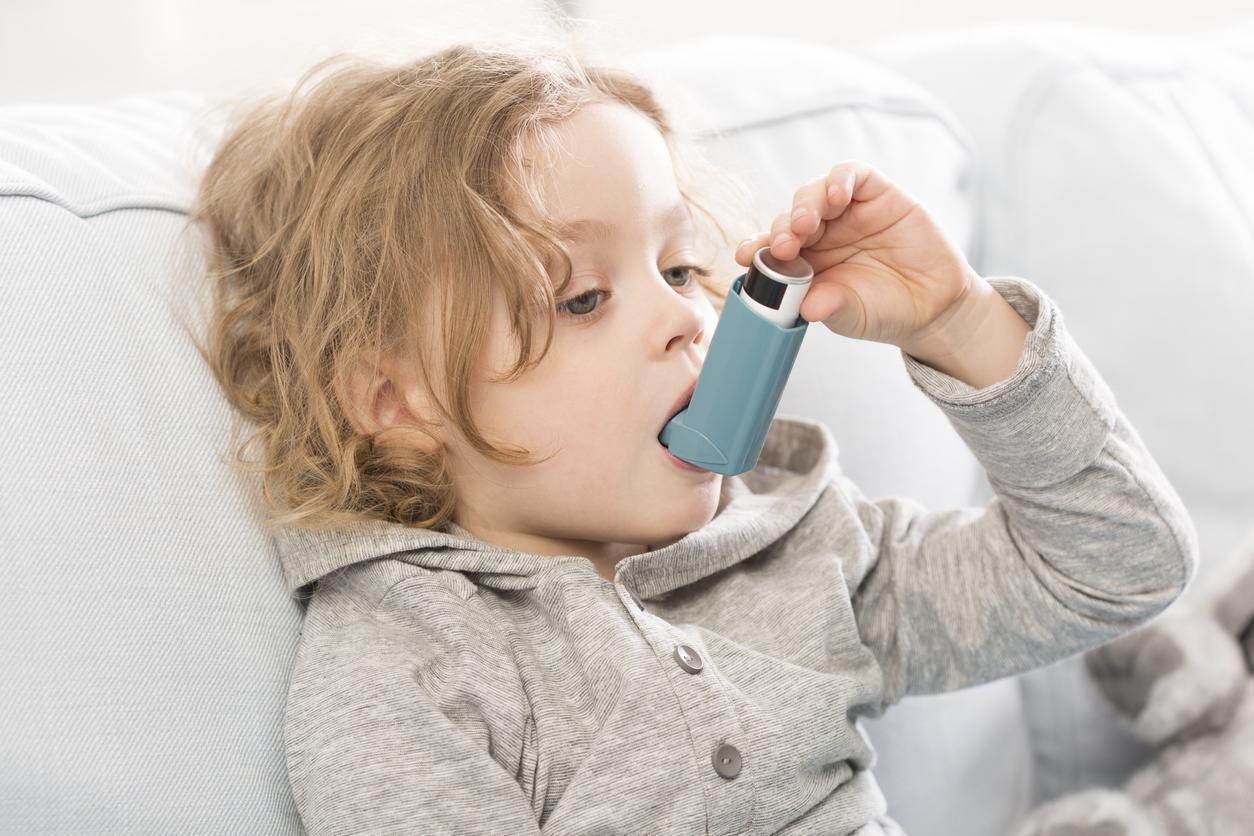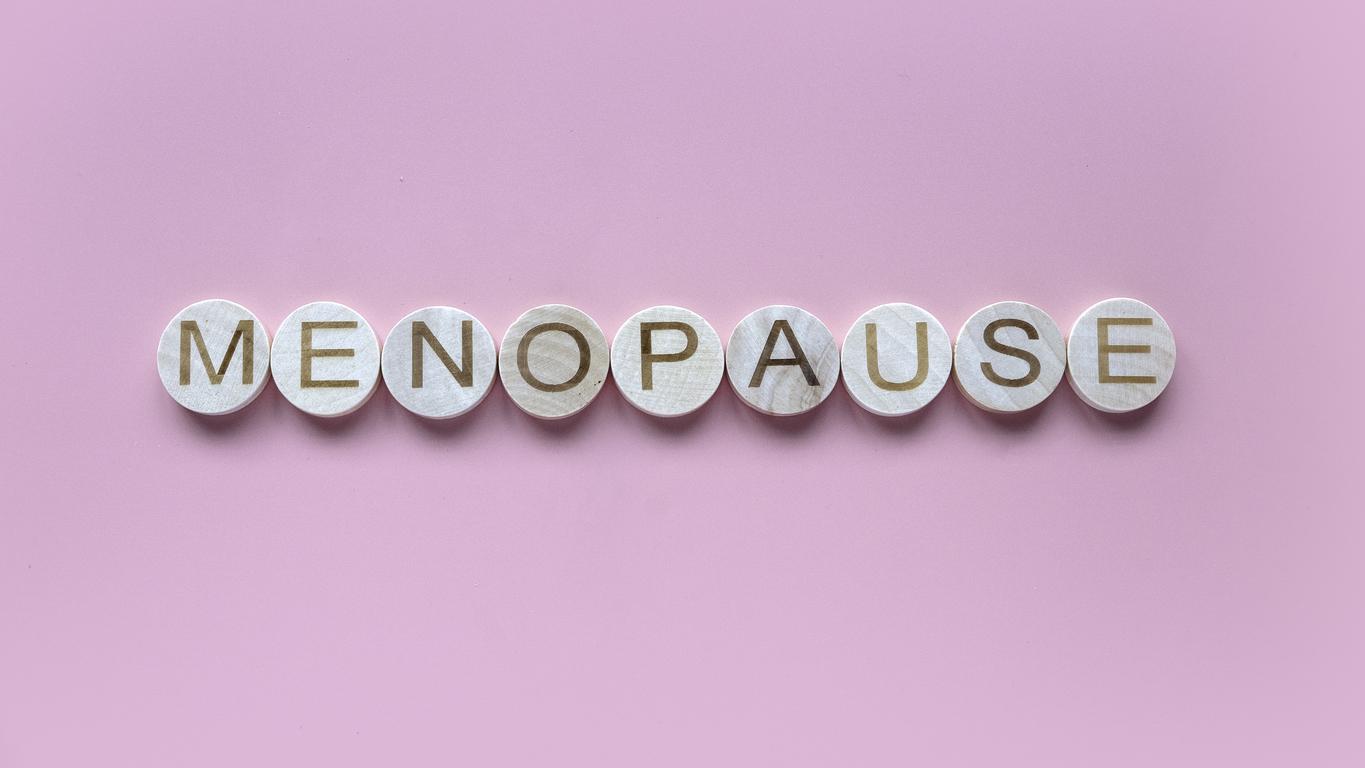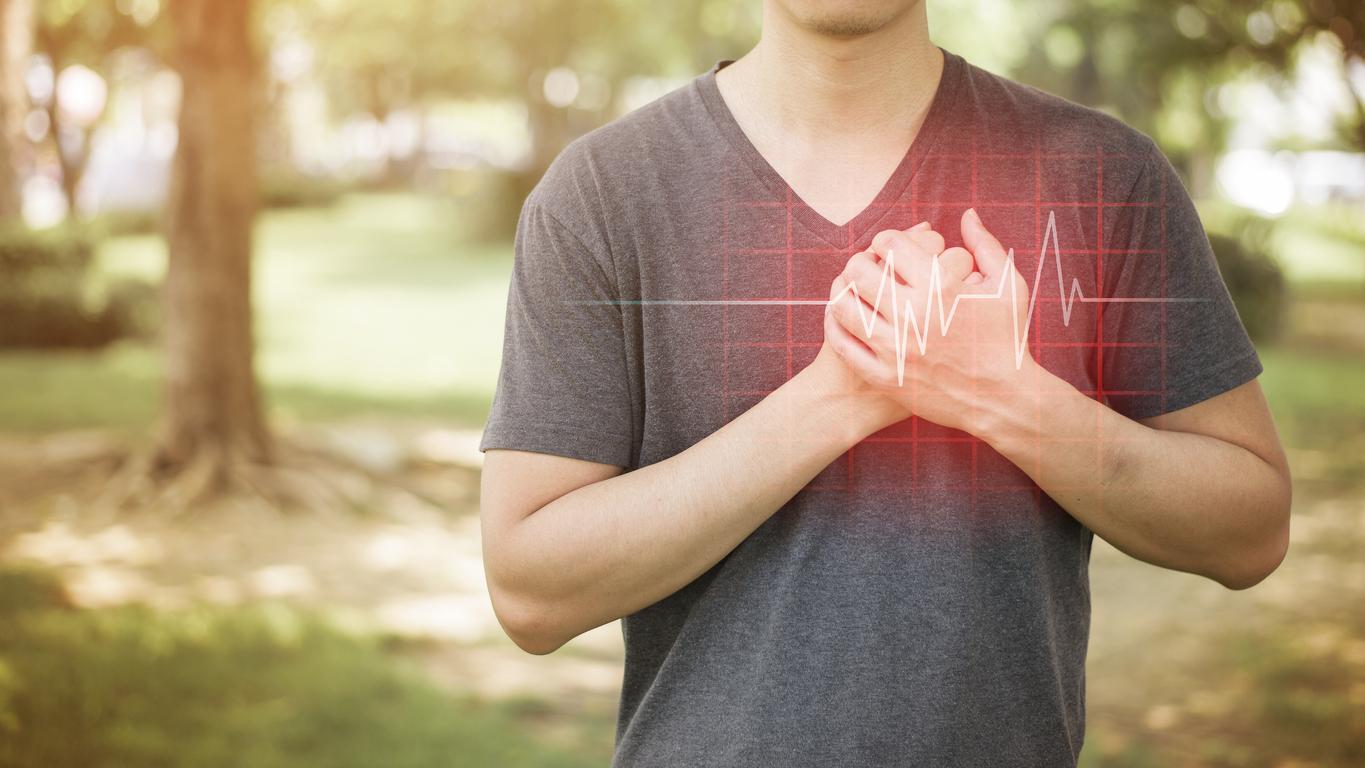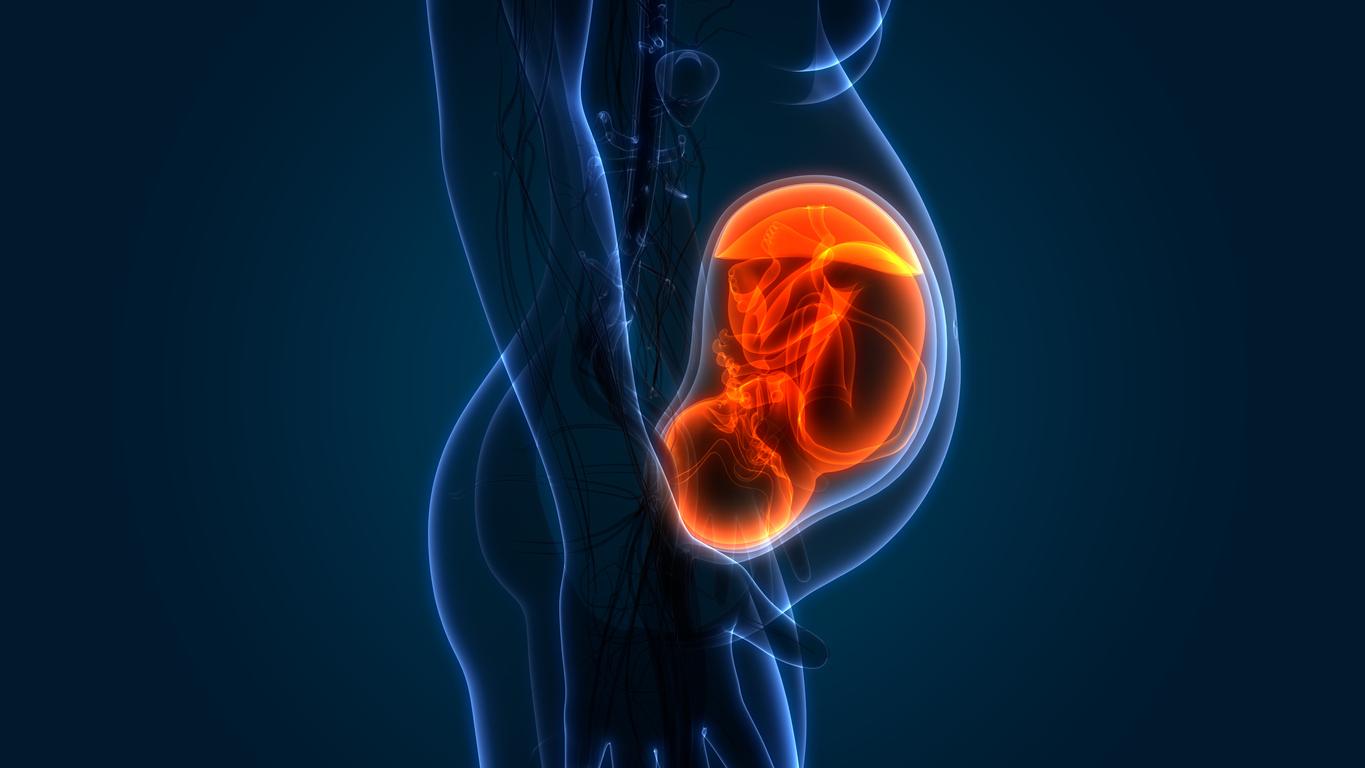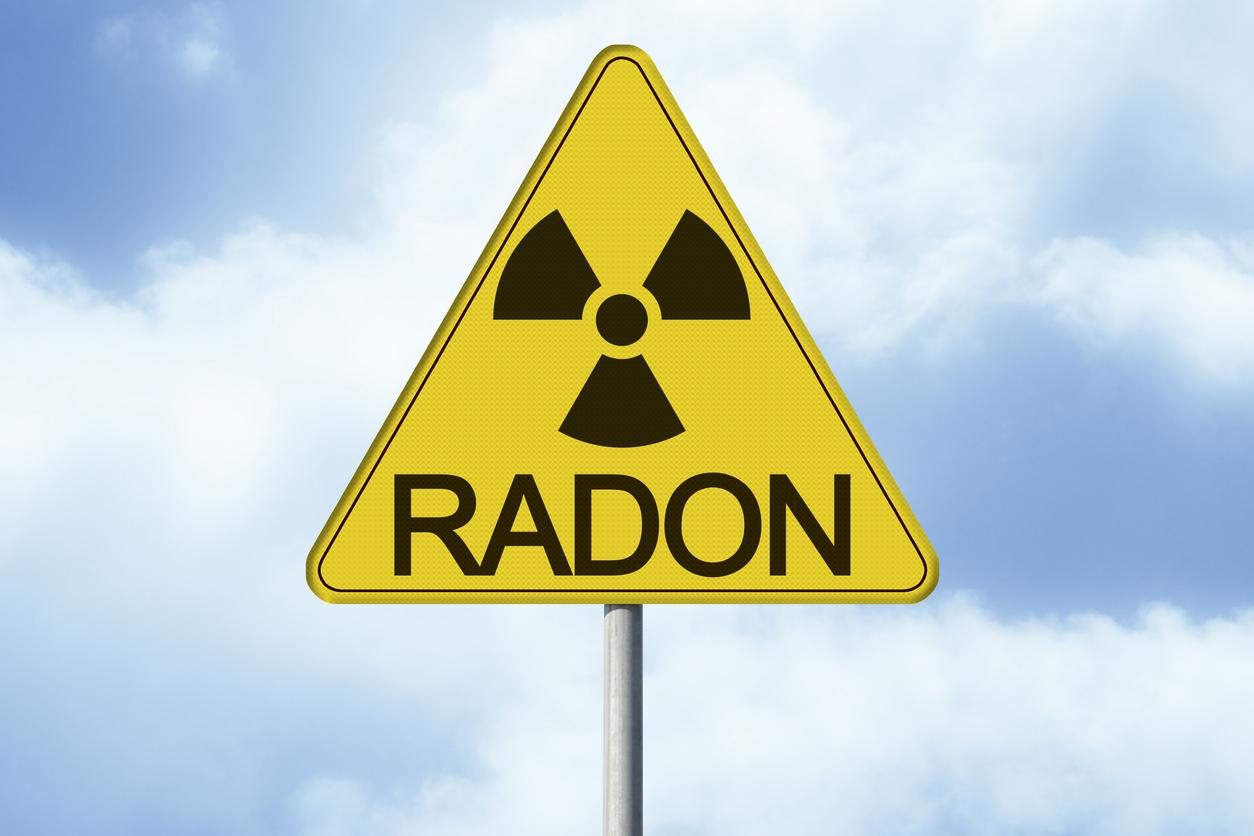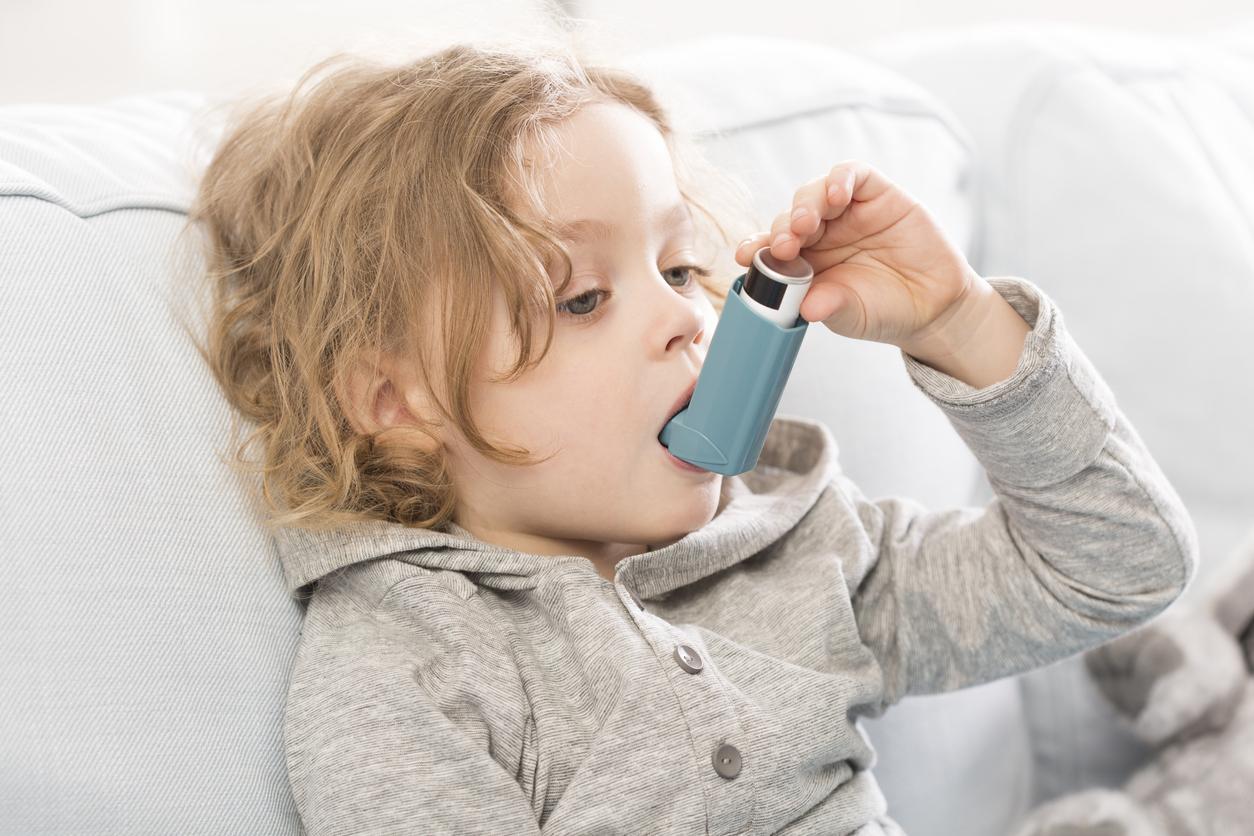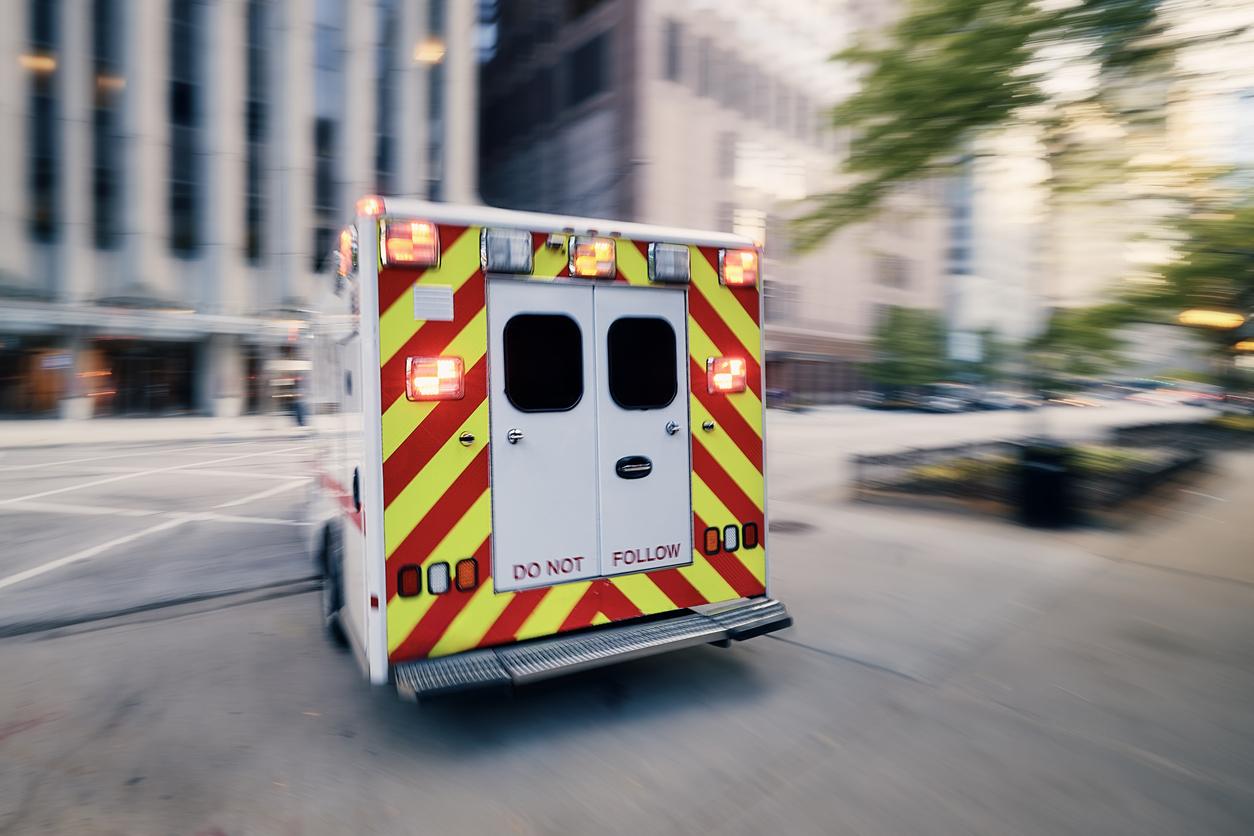Has the peak in fine particle pollution in recent days in the capital had an impact on children’s respiratory health? Teams from the Assistance Publique-Hôpital de Paris (AP-HP) provide a mixed response in the work carried out from 2010 to 2015 on the health consequences of pollution. Emergency passages for pediatric respiratory pathologies such as asthma increased moderately compared to previous years. But researchers are not rushing to conclusions.
These results are grouped together in the Pollux study, led by Dr Chappuy, emergency pediatrician in the pediatric emergency department of the Trousseau hospital, AP-HP and by Prof. Jean-Marc Treluyer, from the Necker-Cochin clinical research unit, AP-HP. The teams analyzed the relationship between outdoor air pollution and the occurrence of asthma attacks in childrenhaving consulted in the emergency room. Passages of children under the age of 18 to emergency departments, in particular pediatric AP-HP over 5 years, from March 2010 to September 2015, were observed.
Four environmental variables were taken into account in this work, namely: pollution, in particular with fine (PM10) and ultra-fine (PM2.5) particles; pollen concentrations in the air, the circulation of respiratory viruses and meteorological conditions (temperature, humidity, atmospheric pressure, etc.).
2,045 visits to pediatric emergencies for respiratory pathologies
Focusing on the particular impact of fine particles during the pollution episode, from November 30, 2016 to December 7, 2016 compared to the same period in other years (from 2010 to 2015), the researchers remain cautious in their response. “1,516 patients consulted the pediatric emergency department of the AP-HP for respiratory pathologies between November 30 and December 7, 2015 against 2045 for the same period, in 2016,” notes the study.
But these data are difficult to interpret for the researchers who underline two reasons: “the concomitant presence of respiratory viruses (like the RSV of bronchiolitis)” but also because beyond a certain level of ultra-fine particles in the air (beyond 25 microg / m3 of ultrafine PM2.5 particles in the air) there is a “plateau effect”. In this case, ultra-fine PM2.5 particles are associated, independently of other variables, with emergency room asthma passages, according to the researchers.
Pollution peak: “On children, similar to passive smoking”
Dr L Réfabert, pneumo-pediatrician at @hopital_neckerhttps://t.co/j1L7Fm8qbU– AP-HP (@APHP) December 12, 2016
#Paris today. Proof of the need to reduce the place of the car in the city center #pollutionpic.twitter.com/R10Tdu4o2Y
– Anne Hidalgo (@Anne_Hidalgo) December 6, 2016
Read also: Pollution: methane emissions have exploded in recent years
Pollution: how to protect yourself from fine particles










